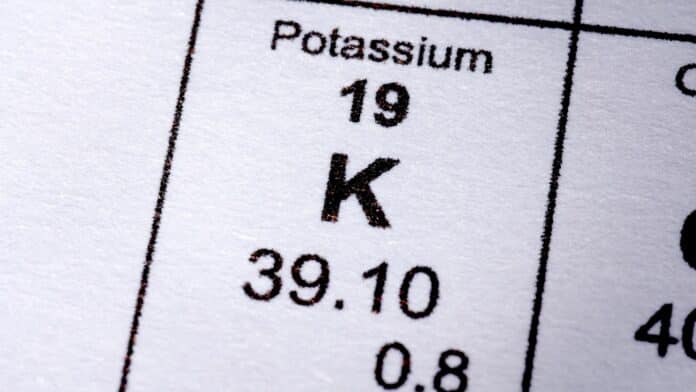Maintaining normal potassium (K+) concentrations in the extra- and intracellular fluid is critical for cell function. Potassium homeostasis is achieved by ensuring proper distribution between extra- and intracellular fluid compartments and matching potassium excretion with intake.
Dysregulation of potassium can have dangerous consequences. Due to its complexities, how the body maintains extra- and intracellular K+ concentrations, each day has yet to be fully understood.
The University of Waterloo developed a mathematical model that simulates how the body regulates potassium in the average person both during potassium intake and depletion using available biological data. Our bodies constantly store, consume, and discard potassium to maintain appropriate levels because so many foods are high in it; this process is known as preserving potassium homeostasis.
Melissa M. Stadt, a Ph.D. student in applied mathematics, said, “Too much potassium in the body, or hyperkalemia, can be just as dangerous as hypokalemia, or too little. Dysregulation of potassium can lead to dangerous and potentially fatal consequences.”
By generating dozens of patients and predicting which ones will have hyper- or hypokalemia based on various controls, the model might be utilized for a virtual patient trial.
Anita Layton, professor of applied mathematics and Canada 150 Research Chair in mathematical biology and medicine, said, “A lot of our models are pieces of a bigger picture. This model is one new and exciting piece in helping us understand how our incredibly complex internal systems work.”
The model is especially exciting because it allows scientists to test the muscle-kidney cross-talk signal hypothesis. When the math scientists tested the hypothesis in their model, it more accurately reflected existing biological data regarding potassium homeostasis, suggesting that muscle-kidney cross talk might be an essential piece in the puzzle of potassium regulation.
Journal Reference:
- Melissa M. Stadt, Jessica Leete, et al. A mathematical model of potassium homeostasis: Effect of feedforward and feedback controls. PLOS Computational Biology. DOI: 10.1371/journal.pcbi.1010607
